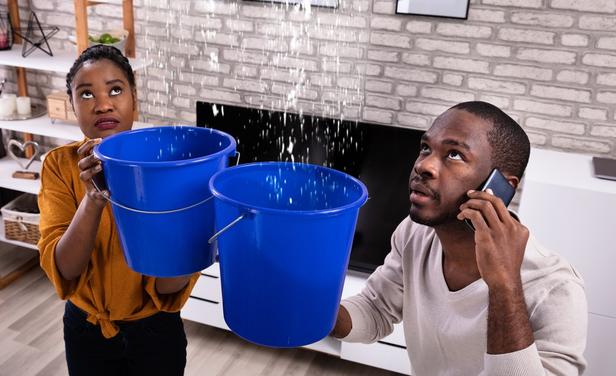Subscribe to our newsletter
If hindsight is 20/20, what value should be placed on the ability to peer into the future?
What if an apartment community had the ability to prevent minor property issues from becoming costly disasters? How much money could be saved if a plumbing leak could be detected before it burst and caused extensive, not to mention expensive, flooding? That foresight, coupled with the capability to pre-emptively address future problems, would be invaluable.
Fortunately, it’s also a reality. Smart home technology allows operators to identify problem areas before they develop into larger issues and pinpoint potential points of failure prior to catastrophic damage. This predictive technology is changing the way property management companies maintain their properties and rendering the traditional reactionary approach to maintenance obsolete.
Leak Sensors are the First Line of Defense
Water damage is among the most common and costly issues that multifamily operators face. While minor leaks are typically easy fixes, major plumbing issues like main line breaks and drainage clogs can quickly translate into significant and time-consuming repair projects. Even relatively contained flooding has the potential to impact electrical systems, flooring and drywall, and requires fairly invasive measures to correct. Even consider the costs to potentially move a resident to a different unit or hotel as repairs are being made.
That’s why early detection is so crucial. The difference in the damage caused by a water leak that has only been active for a few minutes, and one that has been ongoing for hours or days, is dramatic.
Consider this: 43% of communities will experience some sort of leak event. Of that, it averages 84 days to first detect the leak. With sensors in place, more than 2,400 leaks have been verified, potentially saving 5,403 floors that could have been affected by those leaks.

The use of leak sensors – discrete devices placed near sinks, water heaters, dishwashers, washing machines, toilets or sump pumps – enables operators to automatically receive alerts when immediate action is required. By monitoring those susceptible locations in homes, offices and common areas, management companies and their maintenance teams can quickly locate leaks, identify potential problems and prevent wide scale issues before they happen.

Smart Thermostats Don’t Just Regulate Temperature
When many multifamily operators think of smart thermostats, they associate them with the ability to program temperature controls by time of day to maximize efficiency and energy savings. While that feature is an undeniable benefit, it’s only the tip of the tech iceberg.
Today’s smart thermostats include precision technology that also measures moisture, with humidity and flood sensor features built in. The software incorporated into smart thermostat devices generate real-time updates and alerts, notifying on-site teams of moisture problems in need of mitigation.
Such detections can avert long term exposure to damp conditions, which could result in damaging condensation buildup, warped flooring or even mold if it goes unnoticed.
In addition, modern smart thermostats are fully customizable, allowing operators to set appropriate moisture thresholds based on the geography and climate of each property location. Based on natural humidity, an apartment community in Florida is going to require different sensor settings than a property in Arizona.
Smart home technology empowers property management companies to maintain a finger on the pulse of their properties. By establishing a preventive approach to maintenance, on-site teams can diagnose and resolve issues when they first present themselves, rather than react when those issues produce maintenance emergencies down the road. As the multifamily community is beginning to learn, an ounce of prevention can prevent a flood of problems.

